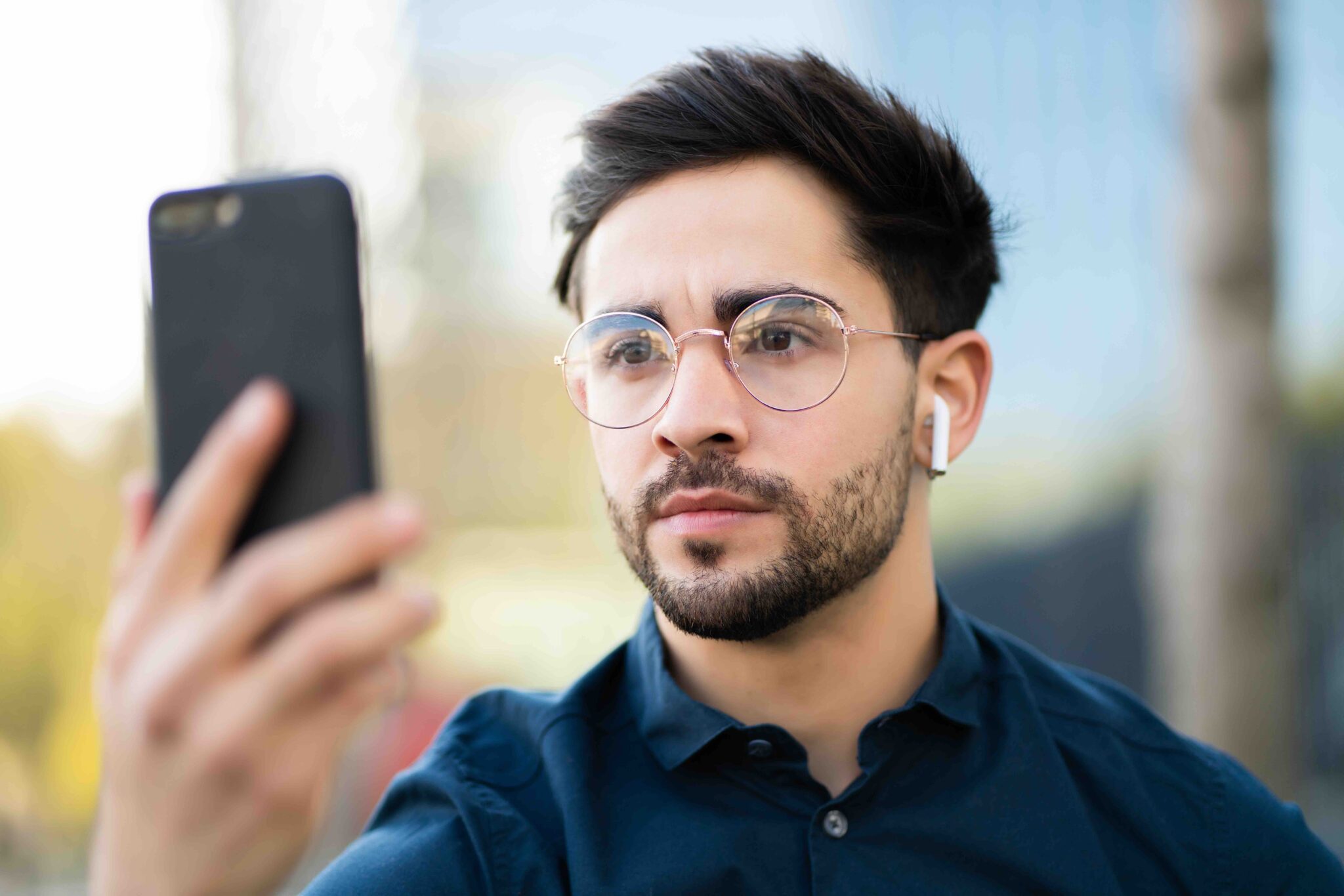Biometric Authentication: Best Practices for Optimal Security

Biometric authentication is a security method that uses an individual’s unique biological or behavioral characteristics to verify their identity and allow them to access a device, server, or platform after verification. The technology has rapidly gained popularity in recent years, and it is now commonly used to authenticate access to electronic devices, bank accounts, government services, and other secure platforms.
One of the most exciting outcomes of biometric authentication once society achieves mass adoption is the stifling of cybercriminals who rely on remote access to complete their attacks. When your information is compromised – whether through a phishing attack, a social engineering attack, or through the sale of data to a malicious actor – all the cybercriminal has to do is simply log in. Biometric authentication is regarded as a reliable security method because it is difficult to replicate or forge an individual’s biometric data. In other words, a cybercriminal might be able to obtain your login credentials, but they’ll have a near-impossible time spoofing your fingerprint or passing a face scan.
Problem solved, right? Not so fast. While biometric authentication is clearly the future, there is yet another step businesses can take to ensure their information is secure: taking the act of biometric authentication offline. In this post, we’ll review how the technology is being adopted and how it can be done even more effectively using offline solutions like Kelvin Zero’s Multi-Pass.
Current Implementations & Limitations
Currently, there are several types of biometric authentication systems available on the market, many of which we already use. These include fingerprint recognition, iris recognition, voice recognition, facial recognition, and behavioral biometrics.
Fingerprint recognition – or scanning an individual’s fingerprint to verify their identity – is the most commonly used biometric authentication system because its implementation is perhaps the most simple. Many devices, particularly newer phones and laptops, have a pad built in to capture fingerprints and use the stored data to instantly grant access to the device for its intended user.
Facial recognition is the second most common. It uses a built-in camera, such as the one found on an iPhone, to capture an image of an individual’s face and then compare it to the image on record.
Iris recognition involves scanning the unique patterns of an individual’s iris to authenticate their identity. Because no two irises are the same, this method is as secure as fingerprint recognition, though it’s certainly a bit more intrusive and inconvenient.
Finally, voice recognition uses voice patterns to verify an individual’s identity, and behavioral biometrics uses unique behavioral patterns such as typing rhythm, mouse movements, and swipe patterns to identify an individual. These latter two use cases are far less attractive to implement at scale, because not only do they require a more intelligent and powerful device, they are easier to spoof.
One does not need to look hard to find implementations of biometric authentication at scale. Apple uses facial recognition technology, known as Face ID, to unlock their iPhones and iPads. Amazon uses palm recognition at their Amazon Go stores. Customers can link their palm print to their Amazon account and then use it to make purchases without the need for a physical payment method. Mastercard offers biometric authentication through its Identity Check mobile app, which uses facial recognition or fingerprint recognition to authenticate online transactions. Delta Airlines uses biometric authentication at some of its airports to speed up the check-in process.
The list goes on, but they share one significant, often-overlooked commonality – the authentication and storage of biometric information are all done online. And history has proven that as long as something happens online, it is ripe for exploitation by cybercriminals.

While biometric authentication has several advantages, such as convenience and improved security, there are also concerns regarding the privacy and security of biometric data. Connected biometric authentication, such as using a phone or laptop, can still be vulnerable to hacks and cybercriminals. The storage of biometric data can also pose a significant risk to individual privacy and security as it can be vulnerable to hacking and data breaches if it is not stored securely. Furthermore, unlike passwords or PINs, biometric data cannot be changed once it has been compromised, making it a long-term security risk. There is also a risk of false positives or false negatives, where the system fails to recognize an individual or mistakenly identifies a person, which can lead to a whole host of problems.
Offline Biometric Authentication is the Future
Offline biometric authentication, on the other hand, is more secure because it stores only references of biometric data locally on a device – or in Kelvin Zero’s case, on a physical card like Mutli-Pass. Similarly, with authentication on a physical device key validation can be securely processed in-card and only unlocked by biometrics. That means user secret keys are kept secure and offline at all times, mitigating connected attack vectors. Find out more about Multi-Pass here.
What’s Next?
In conclusion, biometric authentication is an innovative security method that is becoming increasingly popular in various industries. While it offers several benefits, such as convenience and improved security, it also introduces risk, particularly in the storage of biometric data. Offline biometric authentication, such as Kelvin Zero’s Multi-Pass solution, is regarded as a more secure option because it stores data locally and reduces the risk of external threats.
It’s encouraging to see the world move away from passwords and PINs. That’s mostly thanks to improvements in biometric authentication and its increased adoption. But good enough is never good enough when it comes to protecting our data. Kelvin Zero’s solution leverages fingerprint ID and takes critical data storage and authentication offline. Now that’s a complete solution.
To learn more about how Multi-Pass can help protect you and your business, schedule a demo with our team.
Visit: www.kzero.com/try-multi-pass
Related articles

The complete passwordless authentication solution for your workforce and customers.